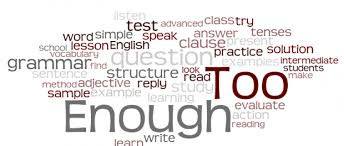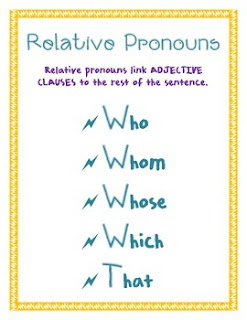PENGERTIAN QUESTION TAG
Question Tag adalah pertanyaan pendek yang ditambahkan di akhir pernyataan (declarative sentence) untuk menanyakan informasi atau meminta persetujuan. Question tag berupa pernyataan (statement) yang diikuti pertanyaan singkat.

RUMUS QUESTION TAG
To Be/auxiliary verb +/- not + pronoun
PEMBENTUKAN QUESTION TAG
Pernyataan Positiv (positive statement) diikuti question tag negative
- Merry is here, is not she ?
- I can do it, can't I?
- You like tea , do not you ?
- They have left, have not they ?
- He plays guitar, doesn't he?
- She must go, mustn't she?
Pernyataan Negatif (negative statement) diikuti question tag positive
- We haven't read it, are you?
- Merry is not here, is she ?
- You don not like tea , do you ?
- They have not left, have they ?
- I can't drive, can I?
- You didn't arrive yesterday, did you ?
Ketentuan Kusus dalam penggunaan Question Tag
A. Negative Word (Kata Negatif)
Penggunaan kata dalam kalimat bahasa inggris yang memiliki arti negative. Didalam kalimat tidak menggunakan auxiliary + not.
- Never- Seldom
- Hardly
- Rarely
- Barely
- Scarcely
- Nothing
- Nobody/No One
Jadi jika menggunakan kata kata diatas maka pernyataan tersebut merupakan pernyataan negative.
Contoh :
- She never come to this place, does she?
- Nothing is wrong, is it?
- Nobody called on the phone, did they?
- You have never been there, have you?
B. Imperative Word (Kalimat Perintah), “will You ?”
- Don’t say anything, will you ?- Open your book, will you ?
- Sit down, will you ?
- Turn off the lamp, will you ?
- Don’t come late, will you ?
C. “ I am “ menggunakan tag “are not I ?”
- I am student, aren’t I?
- I am an entrepreneur, aren’t I?
D. “Have” bisa sebagai auxiliary dan sebagai verb
- We have visited beach, haven’t we ?
- She has new a doll, doesn’t she ?
- That have new house, don’t they?
E. “Let Us / Let’s” menggunakan tag “shall”
- Let’s go, shall we ?
- Let’s read, shall we ?- Let’s write, shall we ?




Follow Us
Were this world an endless plain, and by sailing eastward we could for ever reach new distances